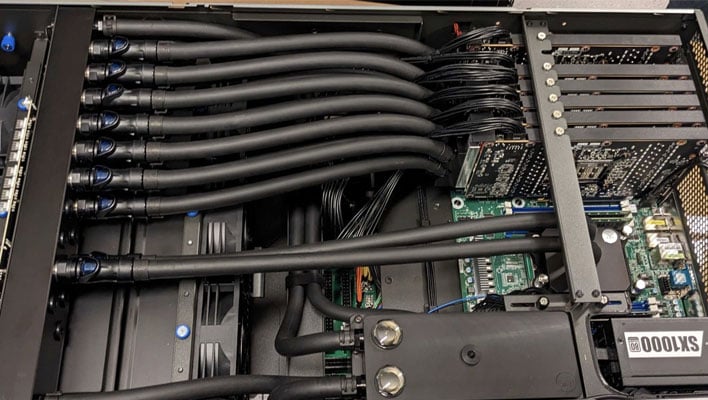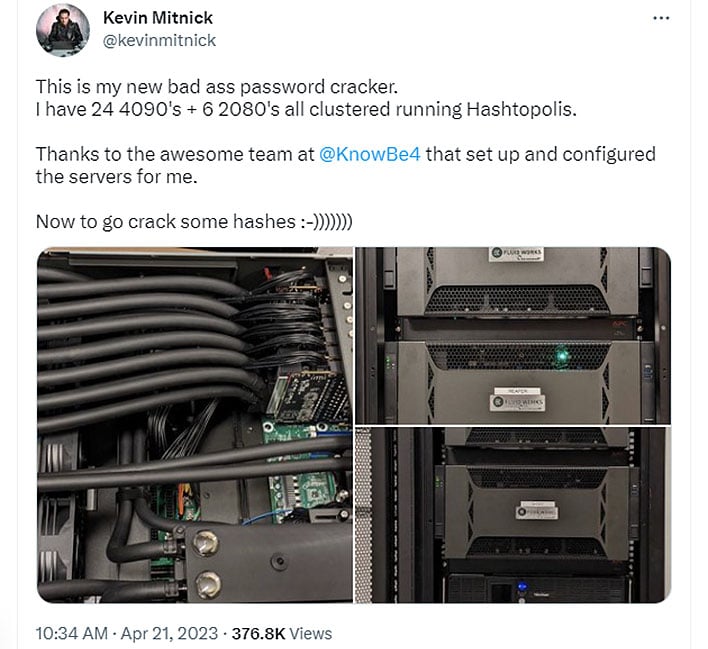23andMe Blames Users for Recent Data Breach as It’s Hit With Dozens of Lawsuits
It’s been nearly two years since Russia’s invasion of Ukraine, and as the grim milestone looms and winter drags on, the two nations are locked in a grueling standoff. In order to “break military parity” with Russia, Ukraine’s top general says that Kyiv needs an inspired military innovation that equals the magnitude of inventing gunpowder to decide the conflict in the process of advancing modern warfare.
If you made some New Year’s resolutions related to digital security (it’s not too late!), check out our rundown of the most significant software updates to install right now, including fixes from Google for nearly 100 Android bugs. It’s close to impossible to be completely anonymous online, but there are steps you can take to dramatically enhance your digital privacy. And if you’ve been considering turning on Apple’s extra-secure Lockdown Mode, it’s not as hard to enable or as onerous to use as you might think.
If you’re just not quite ready to say goodbye to 2023, take a look back at WIRED’s highlights (or lowlights) of the most dangerous people on the internet last year and the worst hacks that upended digital security.
But wait, there’s more! Each week, we round up the security and privacy news we didn’t break or cover in depth ourselves. Click the headlines to read the full stories, and stay safe out there.
23andMe said at the beginning of October that attackers had infiltrated some of its users’ accounts and abused this access to scrape personal data from a larger subset of users through the company’s opt-in social sharing service known as DNA Relatives. By December, the company disclosed that the number of compromised accounts was roughly 14,000 and admitted that personal data from 6.9 million DNA Relatives users had been impacted. Now, facing more than 30 lawsuits over the breach—even after tweaking its terms of service to make legal claims against the company more difficult—the company said in a letter to some individuals that “users negligently recycled and failed to update their passwords following … past security incidents, which are unrelated to 23andMe.” This references 23andMe’s long-standing assessment that attackers compromised…




